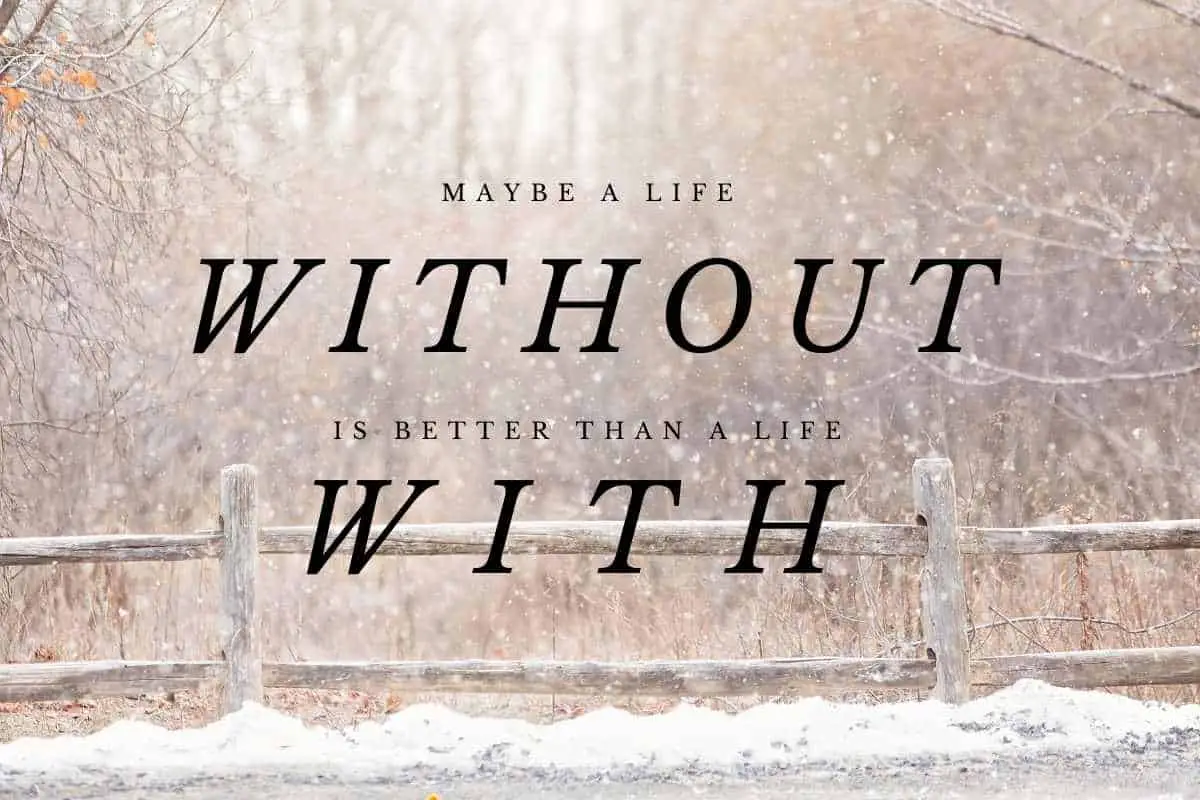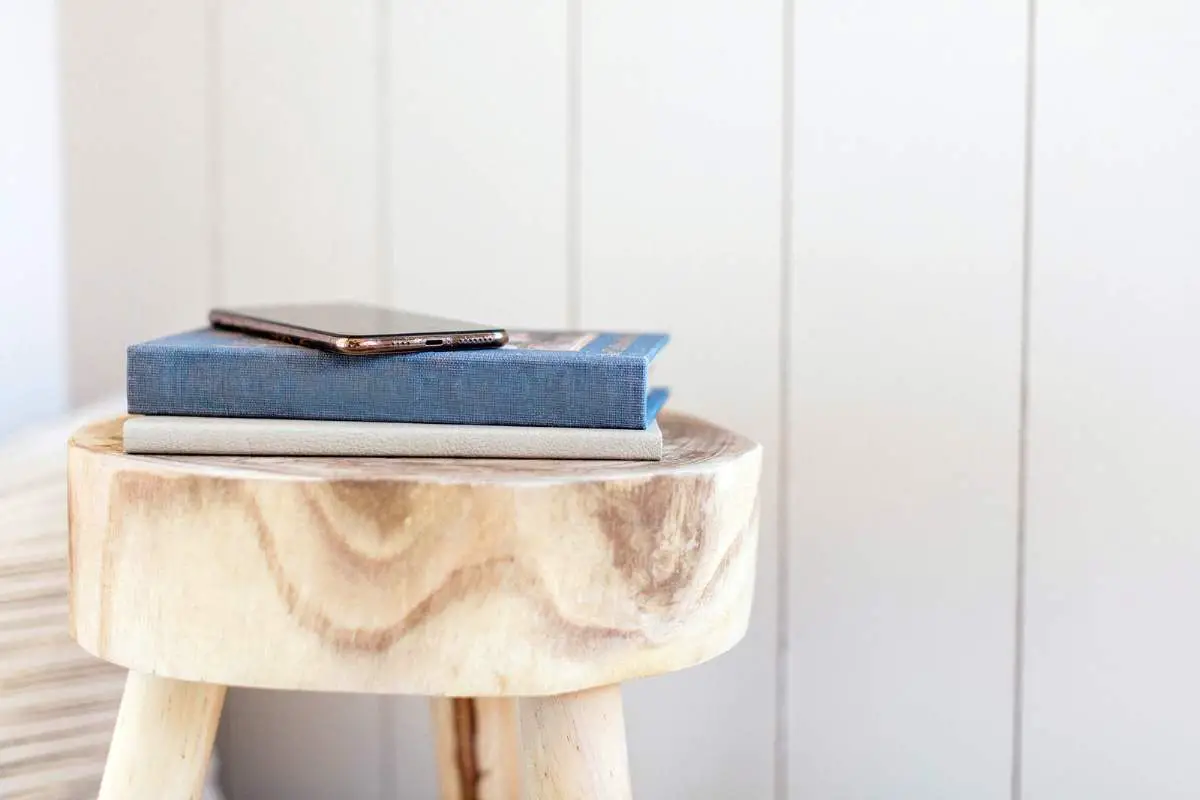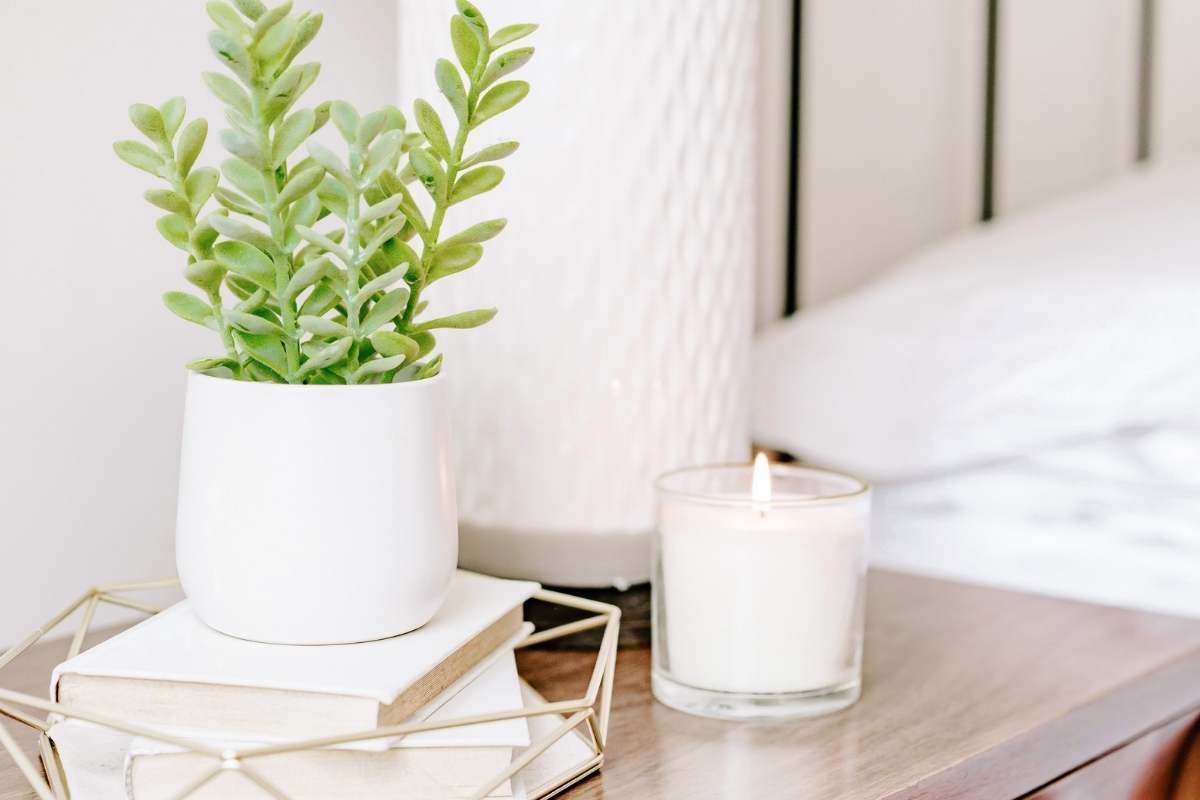Are you overwhelmed by the amount of stuff in your home and office? Is it hard to find what you need when you need it? Do you spend too much time looking for things or cleaning up messes that never seem to get better? If so, minimalism might be right for you. You can learn how to become a minimalist one step at a time.
Minimalism isn’t just about having less; it’s about making room for more. It’s not about getting rid of everything; it’s about figuring out what matters most and making space for those things. And once we create space, we can fill that space with something else that brings us joy, purpose, and meaning. That’s why becoming a minimalist is worth exploring.

What minimalism is
Minimalism is the practice of living with less. It’s about clearing out clutter and making space for what matters most to you, which can lead to more time on your hands (and even money!), better relationships, and increased happiness levels. The key here isn’t rushing into it; try taking small steps before committing fully if this whole minimalist thing sounds like something that would work well in your life right now.
What minimalism isn’t
It’s not just about clear surfaces and tiny houses. A minimalist lifestyle doesn’t mean you need to trash everything and paint your walls white.
It’s not about making tough decisions and throwing away incredibly valuable sentimental items.
Even though minimalism is about having less, we all need to decide what this means in our own lives.
Benefits of minimalist living
More room: physical and emotional. Perhaps the best benefit minimalism has to offer is a whole lot of space. Like, actual space. That stuffed coat closet? Imagine it with just a few things hanging on the bar and one pair of boots on the floor for each person. Amazing. Now picture every overstuffed, messy area of your house pared down like this. Yes, there’s less external clutter, but there’s also an emotional relief. Breathing room. It just feels better.
You’ll save money by shopping less. You’ll save money if you buy fewer things. This is obvious, but minimalism doesn’t mean becoming some kind of anti-consumerist who never buys anything. It just means buying what you need rather than all that stuff around your home that collects dust and makes you feel overwhelmed.
More time on your hands. This is the result of minimalism, and it’s a good one. Imagine all that space you’ve created: You can move freely through your house, find things more efficiently and spend less time cleaning up.
You’ll be able to find things. The more you have in your life, the harder it becomes to find anything. When you have fewer items to choose from in your closet or cupboards, it takes much less time to get dressed or grab something to eat in the mornings.
You will detach your happiness from things, and you will find that minimalism positively affects your happiness level and stress levels. This can come from being present in the moment instead of focused on consumerism, perfectionism, and materialist ideas.
Better relationships with others and yourself: As we declutter our lives, we learn to appreciate each thing’s role within that life. We learn to enjoy each thing for what it is rather than focusing on the other things we don’t have.

Is minimalist living right for you?
Have you always wondered if minimalism is for you? Here are some questions to help you determine if you would be happier with less:
- When I walk in the door, does my house seem cluttered? Does it stress me out?
- Do I spend a lot of time cleaning up after other people?
- Do I buy things and then lose interest in them?
- Do I need more space (a bigger house, more storage) for all my stuff?
The good thing about minimalism is that you can just dive in and get started. There’s nothing to buy. Just start decluttering and letting go of things you don’t like. No commitments.
How to become a minimalist with kids
It can be challenging to make the minimalist lifestyle work for your family – especially when it comes to kids raised in an environment where they have access to material possessions without understanding their actual cost.
If your kids are used to many toys and gadgets for every holiday, not getting them will be a big adjustment. The first Christmas after making minimalism a priority was tough, but it also helped me realize how far I had come.
Go slowly and give them nicer, fewer things. It’s worth the effort.
⭐️ Related: Minimalism Tips Just for Moms
A plan to start your minimalist lifestyle
There are many vague, theoretical things you could do, like “value people over things” or “be happy with what you have.” Or you might think you should altogether downsize and find a tiny house.
Let’s not go crazy.
There’s one thing you can do now that makes the most significant difference: start getting rid of stuff.
Decluttering is step one on your minimalist journey
You don’t need to jump in with minimalism head-first. Start slow and focus on one room at a time, so the changes are manageable.
If you don’t use it anymore, get rid of it. You can donate it, sell or it, or throw it away.
That was easy. The next part is more complicated. Look at your home and imagine getting rid of everything. Every toy, every book, every article of clothing. Keep only those items that you can’t bear to part with. Every item’s default state is to be thrown out. You only keep what you need or what you love.
(Sentimental items can stay if you love them. Don’t keep them because the idea of throwing them out makes you feel guilty.)
List the excess stuff in your life that is getting on your nerves.
I started with the following:
- Messy craft supplies
- Coats/ hats/ mittens everywhere
- Cluttered kitchen counters
- Weird cables and chargers everywhere
In the next step, you’ll actually deal with these problems. There’s only one thing to really do: throw stuff out.
How to tackle decluttering
Some people prefer to downsize by working on all of one type of item first, like dishes or clothing. Others might work their way through their home from room to room. Sometimes, if you’re resisting the idea, it’s best to start with what’s easiest. If you create projects with a lot of motivation, tackle what’s hardest.
You pick. Just stick with it and do a little bit each day.
Things you can declutter now
- Broken items
- Old magazines
- Extra sets of sheets
- Dressy clothes when you don’t go anywhere dressy
- Toys that annoy you
- Books that you’ll never read
- Fine china: most people are better off with fewer dishes
Start small and keep going. Keep decluttering and making room for more joy in your life. Only what you love gets to stay.
⭐️ Read More: Can a minimalist home be warm?
Beyond decluttering: minimalism and your time

Of course, a more minimalist lifestyle isn’t just about having less, even though people focus on this the most. It’s also about letting go of activities and obligations that you hate—the activity clutter of your daily life.
Stay Mindful And Live With Intention
The process of cutting out what doesn’t serve you is the first step to a new life. I like thinking about my ideal self and working towards it; A good exercise for me was writing down five years from now when everything will be great (in 5 yrs). Don’t overthink this! No ‘ifs’ or “buts” – just write!
Think about your ideal life.
When would you like to wake up? What do you want to do for dinner? How do you like to spend your evenings? Is it important to you to get outside every day? To exercise? To have a simple life that doesn’t stress you out?
Imagine that everything you’re doing now goes, and you get to pick what stays.
Spend time and money on what you love
With a minimalist life, you focus on what matters: people and experiences. Find out what makes you happy and spend money and time on those things.
This is easy to say but hard to do.
Everyone says they love their family. But do you spend time and money on your family? Or do you spend all your time at work and all your savings on junk from Amazon?
So let’s take away all those material things that seemed so important. What would make you feel like you’re living a meaningful life? Some things to get you thinking:
- Focus on your social life and spending time with friends
- Work on a more healthy lifestyle
- Reconnect with a family member you haven’t seen in a while.
Continuing your minimalist journey
Once you’ve made your first significant change to minimalism, it’s time to keep going. It’s easy to go back to old ways of thinking and living.
Many people will purge their homes, love how it feels, and then… over time… fill it back up with more stuff. This habit is exactly what got you in this mess in the first place.
Only buy to replace something.
Don’t add unless you take it away when you’re trying to maintain a life with less stuff. Your coffee pot broke? Okay, get a new one. (But make sure you throw the only one way, not banish it to broken appliance purgatory in your basement!)
But if your goal is to have fewer possessions, you can’t add more and more! Just maintain what you have.
An internal clean slate
You’ll need to clear out the clutter in your mind as well as the stuff around you.
Be kind to yourself, and don’t punish yourself if you make a mistake. You will! We all do.
Minimalism is about letting go of who you’re not, so you can become the person you want to be.
Less is more — minimalism encourages minimal consumption and waste. It can be transformative and lead to unexpected positive changes
To stay motivated, try talking with others who are minimalists or watching minimalism-related videos online. They are inspiring!
Start living your minimalist life.
Minimalism is the practice of removing any items from your life that you don’t need or want. The minimal lifestyle has many benefits for both people and the planet: it helps with decluttering, time management, happiness levels, relationships, and more. If minimalism sounds like something you would be interested in learning more about, stop reading and start making changes. You can start right now.

